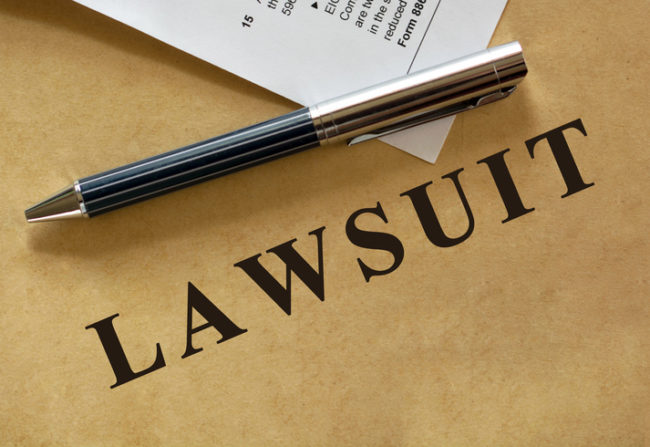On February 20, 2018, a federal court in New York expanded the universe of plaintiffs who can sue for PFOA contamination in that state. The court ruled that plaintiffs could seek purely economic damages in negligence claims based on PFOA contamination, so long as the plaintiff’s business is located within the “zone of contamination.”
As readers of this blog may be aware, PFOA (perfluorooctanoic acid) is a man-made chemical used, among other things, to make fabrics water- and stain-resistant. Originally manufactured by the 3M Company, PFOA was also a key component in the manufacturing of Teflon. Water-regulating agencies have been taking a hard look at PFOA for some time, and the torrent of PFOA-related lawsuits is ongoing.
Here, a series of companies culminating with defendant Saint-Gobain Performance Plastics Corp. used PFOA to manufacture stain-resistant fabrics and other products at a facility located in the Village of Hoosick Falls, New York. Discharge of PFOA into the groundwater in Hoosick Falls contaminated the municipal water supply to such an extent that the housing market in the village entirely collapsed. Several area banks would not even provide mortgage financing for homes in the village. A local construction company, R.M. Bacon, LLC, brought suit, alleging that the contamination has had a disastrous effect on its business, which dominated the local market for home construction and home improvement services prior to the discovery of PFOA contamination.
Saint-Gobain moved to dismiss R.M. Bacon’s claims, arguing, among other things, that R.M. Bacon cannot recover damages for loss of business revenues based on economic conditions in the Hoosick Falls area, as opposed to any damage PFOA caused to real property. Allowing plaintiffs to bring such suits, Saint-Gobain said, would open defendants to limitless exposure to potential lawsuits. The court disagreed, noting that the class of potential plaintiffs was limited to those within the “zone of contamination.” Saint-Gobain owed a duty to businesses within that zone to avoid contaminating the surrounding environment. Thus, such businesses could seek to recover not only for damage to their property, but also for lost profits and other purely economic damages caused by a defendant’s negligent environmental contamination. The court did not give a precise definition of the “zone of contamination,” but it concluded that R.M. Bacon, a business located in Hoosick Falls and serving almost exclusively local clients, was located within the zone.
The court’s holding represents a marked expansion of manufacturers’ potential liability for environmental contamination in New York. The potential damages are no longer limited to personal injury to product users and property damage to nearby landowners, but now include economic damages to local businesses that may be affected by alleged contamination. The court’s decision may invite an appeal—we will follow up with updates as they become available.
The case is R.M. Bacon, LLC v. Saint-Gobain Performance Plastics Corp., No. 17-0441, 2018 WL 1010210 (N.D.N.Y. Feb. 20, 2018).

